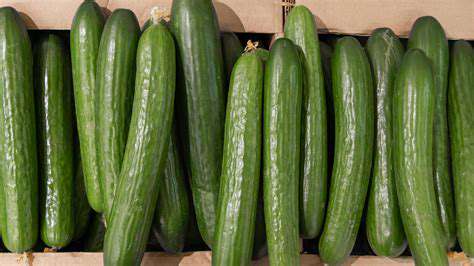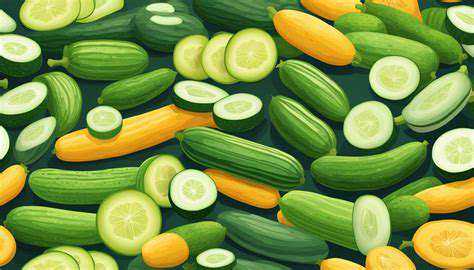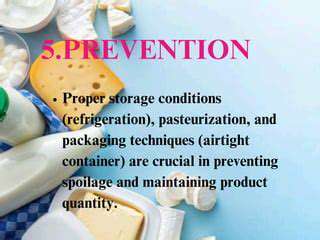How to Store Cucumbers: Keep Them Crisp
Jul 29, 2025 / btwgardenmachine/

Ideal Storage Environments for Cucumbers
Proper Temperature Control
Maintaining the ideal temperature is crucial for preserving the crispness and freshness of cucumbers. Cucumbers are highly susceptible to rapid spoilage when exposed to excessive heat or cold. A cool, dry environment, ideally between 40°F and 50°F (4°C and 10°C), is the sweet spot. Storing them in a refrigerator is generally recommended, as this temperature range helps slow down the enzymatic processes that lead to decay and softening.
Avoid placing cucumbers directly on a cold surface in the refrigerator, as this can lead to chilling injury. Instead, store them in a perforated plastic bag or a breathable container to allow for proper air circulation while preventing them from drying out. This balance between moisture retention and airflow is key to their longevity.
Humidity Management
Cucumbers, like many other fruits and vegetables, thrive in a moderate humidity environment. Too little humidity can lead to dehydration, causing the cucumbers to shrivel and lose their crisp texture. Too much humidity, however, can create a breeding ground for mold and bacteria, accelerating spoilage. A humidity level between 85% and 90% is ideal for keeping cucumbers fresh.
To maintain the appropriate humidity level, avoid storing cucumbers near fruits that produce ethylene gas, such as apples or bananas. Ethylene gas can hasten the ripening process of cucumbers and contribute to their deterioration. Storing them in a well-ventilated area or using breathable containers can help to regulate humidity and prevent moisture buildup.
Proper Packaging and Handling
How you handle and package your cucumbers plays a significant role in their overall longevity. Before storing, remove any damaged or bruised areas. This will prevent the spread of rot to the rest of the cucumber. Using proper packaging also prevents cross-contamination and maintains the quality of the vegetable. Using a perforated plastic bag or a breathable container is a great option.
When taking cucumbers out of the refrigerator, allow them to come to room temperature gradually. A sudden temperature shift can lead to condensation forming on the cucumber's surface, which can encourage mold growth. Handling cucumbers gently minimizes the risk of bruising and extends their shelf life.
Avoiding Common Storage Mistakes
One of the most common mistakes people make is storing cucumbers alongside other produce that emits ethylene gas, such as apples or tomatoes. This accelerates the ripening process of the cucumber, causing it to soften and potentially spoil faster. Always be mindful of this interaction, separating cucumbers from such produce to maintain their freshness.
Another mistake is not properly washing cucumbers before storing them. Residue from pesticides or other contaminants can attract pests or promote bacterial growth. Thoroughly washing cucumbers before storage is an essential step in maintaining their quality and safety.
Proper Handling and Preparation for Storage
Washing and Drying
Thoroughly washing cucumbers is crucial for preventing spoilage and maintaining their freshness. Use cool water and gently scrub the surface, paying attention to any dirt or debris. Avoid using harsh chemicals or strong detergents, as these can affect the cucumber's flavor and texture. Properly rinsing the cucumber is essential for removing any potential contaminants. Once washed, pat the cucumber dry with a clean kitchen towel or paper towels. This step is vital for preventing moisture buildup, which can lead to mold growth and a faster deterioration of the vegetable.
Allowing cucumbers to air dry completely before storing them is important for maintaining their quality. Moisture trapped within the cucumber can create a breeding ground for bacteria and fungi, leading to rapid decay. A thorough drying process will ensure the cucumber remains crisp and flavorful for a longer period. Drying is key to preserving the cucumber's original texture and preventing premature spoilage.
Choosing the Right Storage Method
The best storage method for cucumbers depends on how you plan to use them. For immediate use, simply storing them in the crisper drawer of your refrigerator is often sufficient. For longer-term storage, consider other methods such as placing them in a sealed container or wrapping them individually in paper towels. These methods can help to maintain the cucumber's moisture and prevent it from drying out too quickly. The key is to choose the method that best suits your needs and will keep the cucumber in the best possible condition for the intended use.
For optimal freshness, avoid storing cucumbers alongside fruits like apples or bananas. These fruits release ethylene gas, which can accelerate the ripening process of cucumbers and lead to faster deterioration. This can be a significant factor in maintaining the cucumber's crispness and overall quality. Proper storage is an important step in ensuring maximum flavor and texture from the cucumber.
Temperature and Humidity Control
Maintaining the correct temperature and humidity levels is crucial for preserving the quality of cucumbers. Cucumbers are best stored in a cool, dry environment. The crisper drawer of a refrigerator is an ideal location for storing cucumbers that are intended for short-term use. Refrigeration helps slow down the ripening process and prevent rapid deterioration. High temperatures and high humidity can quickly lead to spoilage and a decline in the cucumber's quality.
Storing cucumbers in a well-ventilated area, such as a cool pantry or cellar, can be suitable for longer-term storage. However, it's important to monitor the temperature and humidity levels to prevent premature decay. Humidity control is vital for maintaining the crispness and texture of the cucumber. Understanding these factors can significantly extend the lifespan of your cucumbers.
Proper Handling for Optimal Storage
Handling cucumbers with care is essential to prevent damage and maintain their quality during storage. Avoid bruising or puncturing the cucumber's skin, as this can create entry points for bacteria and accelerate spoilage. Improper handling can lead to quicker deterioration and a shorter shelf life for the cucumber. Handle cucumbers gently to preserve their integrity.
Cut cucumbers should be stored in an airtight container or wrapped tightly in plastic wrap. This helps maintain moisture and prevents them from drying out quickly. Proper handling and preparation before storage are fundamental to maintaining the quality and freshness of cucumbers. This ensures that cucumbers maintain their crispness and flavor for a longer period.

